MO Tested: Alpinestars Pikes Drystar Jacket
For 2015 Alpinestars officially labeled its new Pikes Drystar jacket as sport-touring apparel. But what is sport-touring? Is it riding fast on a saddlebag-equipped Suzuki V-Strom 1000 in the above photo, or is it spending a long weekend aboard a Kawasaki Z1000 (luggage options available) in the photo below? My mind’s eye says the Pikes jacket is appropriate for either, and looks good doing both.
Alpinestars Pikes Drystar Jacket
| Aesthetics | 8.0/10 |
| Protection | 8.5/10 |
| Value | 6.5/10 |
| Comfort/Fit | 8.75/10 |
| Quality/Design | 8.75/10 |
| Weight | 9.25/10 |
| Options/Selection | 7.5/10 |
| Innovation | 7.5/10 |
| Weather Suitability | 9.25/10 |
| Desirable/Cool Factor | 8.25/10 |
| Overall Score | 82.25/100 |
I consider sport-touring as riding at least a semi-long distance at a quick pace avoiding roads without bends. This can be done on a variety of motorcycles from Stroms to Zs, CBRs to FJRs. The Pikes jacket is no less attractive aboard any of these bikes, nor does it lose any of its protective attributes. When it comes to describing the Pikes Drystar jacket, versatile is the adjective that really seems to fit.
So, the Pikes jacket is versatile in terms of the vague definition of appropriate sport-touring attire, but what about seasonality? Here, we can narrow down the jacket’s annual usage to six months – three in the Spring and three in Fall. The Pikes does come with a removable, full-sleeve thermal liner, but this isn’t enough for seriously cold temps. And while the Pikes is equipped with two zippered air intakes and two zippered exhaust vents, the non-removable waterproof Drystar liner doesn’t allow for the kind of airflow summertime temperatures demand.
Airflow, however, isn’t the jacket’s greatest detriment to summertime riding, it’s the Drystar liner. With the thermal liner removed there’s nothing between your skin and the Drystar liner, and on even moderately warm days the Drystar liner creates a humid mirco-climate inside the jacket causing you to sweat and stick to the Drystar liner. A mesh liner would go a long way in decreasing the stickiness and increasing the jacket’s comfort, but for now only wearing something with long-sleeves will help keep you from sticking to the jacket’s interior.
Alpinestars 2016 Collection Preview
Crash protection comes by way of a 450-denier main shell, leather panels on the outside of the sleeve lowers, removable CE-certified elbow and shoulder protectors, TPU shoulder sliders and a removable foam back pad. The back pad can be replaced with a Nucleon KR-2i soft back protector ($49.95). To help you be seen at night there are reflective strips at the lower back, shoulders, forearms.
Velcro straps around the back of the biceps help secure excess material and keep the jacket from flapping. Velcro also secures neck and sleeves closures, while the waist can be snugged or loosened via velcro straps on either side of the jacket. At 4.1 pounds the Pikes jacket is lightweight and easy to wear all day, even for consecutive days. Alpinestars helped increase the jacket’s comfort level by including stretch panels at the elbows, just above the leather panels.
There are two waterproof chest pockets, two internal pockets and two external comfort pockets. The wrap-around waist zipper provides for secure attachment to Alpinestars riding pants such as the AST-1 waterproof pants ($199.95).
The Pikes jacket is available in sizes Small-4XL, but only two color choices: Red/White/Black and Black/White. The red jacket isn’t your normal bright red variety, but rather a burnt red. I wasn’t convinced of the red color, looking to me like it had already been out in the sun for a season or two and faded to that degree red, but others I asked liked the burnt red coloring. Best to see this color scheme in-person prior to purchasing.
The Pikes jacket would have scored better if not for the low Value score it earned. I’m having trouble justifying the $429 retail price for a few reasons: 1) A mesh lining over the Drystar liner would go a long way in increasing the jacket’s level of comfort. 2) Gore-Tex instead of Drystar would be preferable. 3) Having the back protector as included instead of optional. With at least one of these changes I could then maybe justify its premium price tag, but, as is, $350 seems a more appropriate price.
A former Motorcycle.com staffer who has gone on to greener pastures, Tom Roderick still can't get the motorcycle bug out of his system. And honestly, we still miss having him around. Tom is now a regular freelance writer and tester for Motorcycle.com when his schedule allows, and his experience, riding ability, writing talent, and quick wit are still a joy to have – even if we don't get to experience it as much as we used to.
More by Tom Roderick



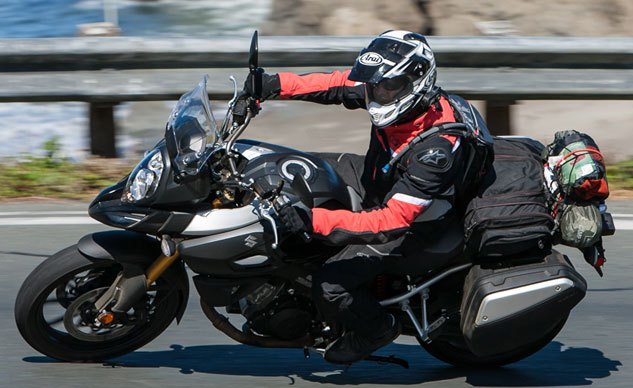
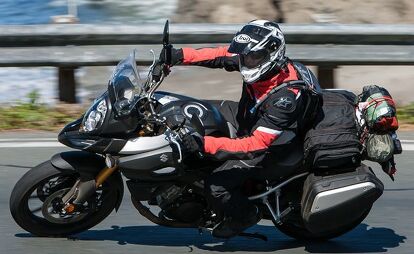













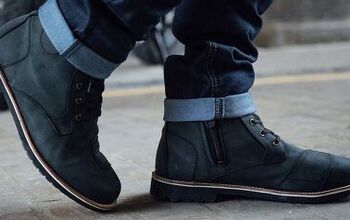
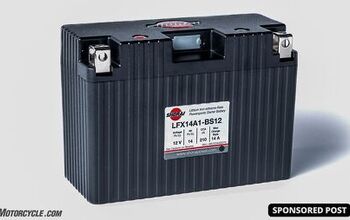
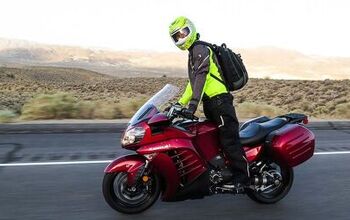















Comments
Join the conversation